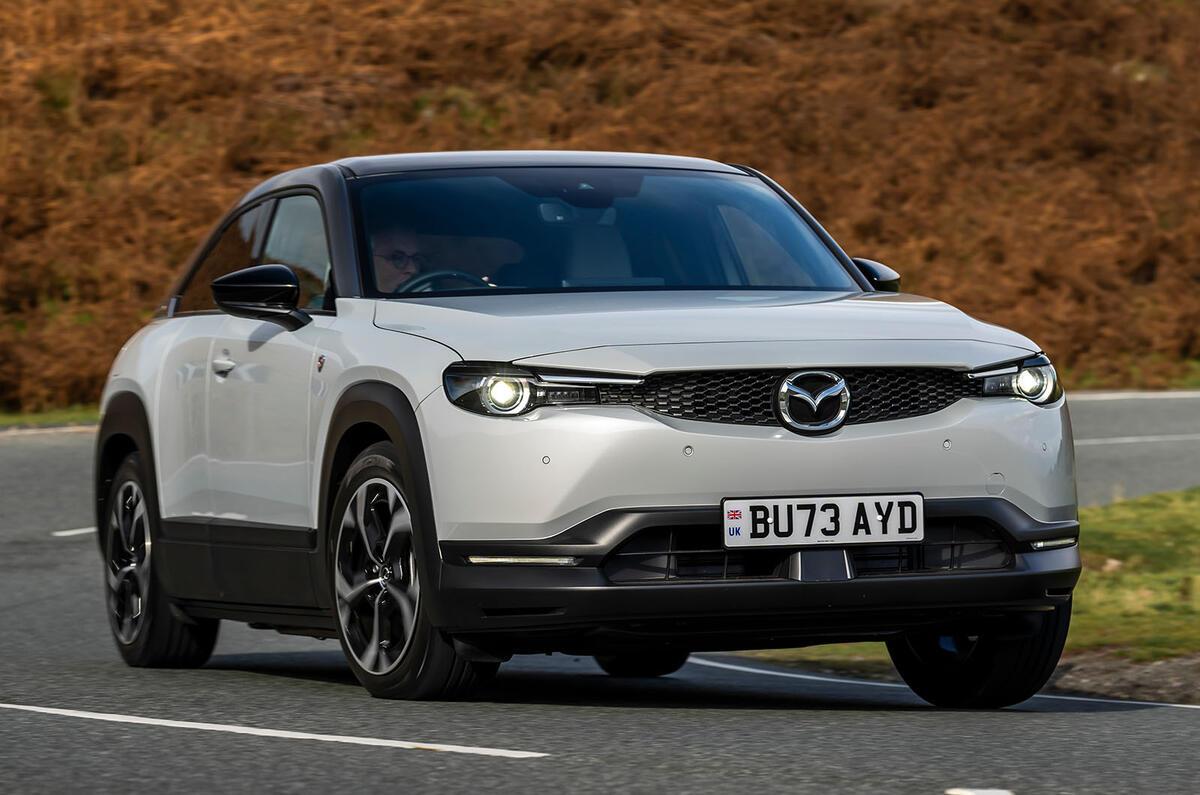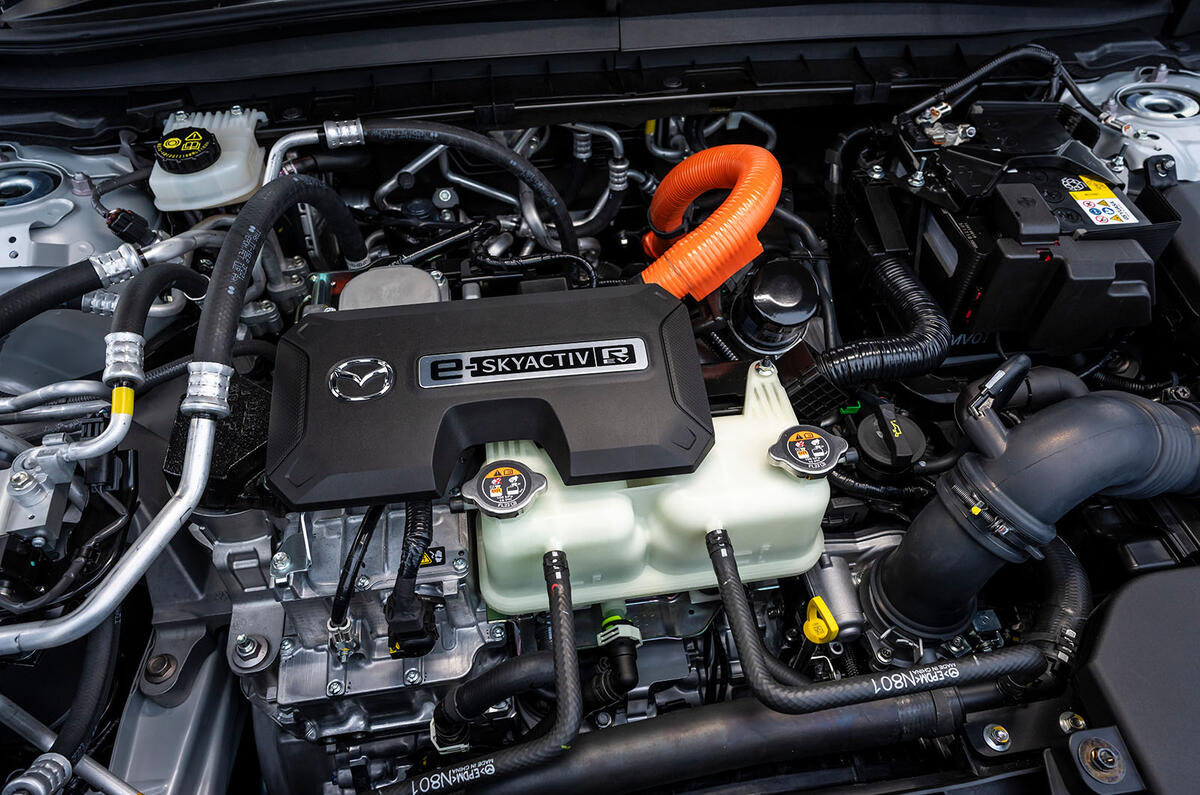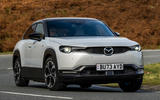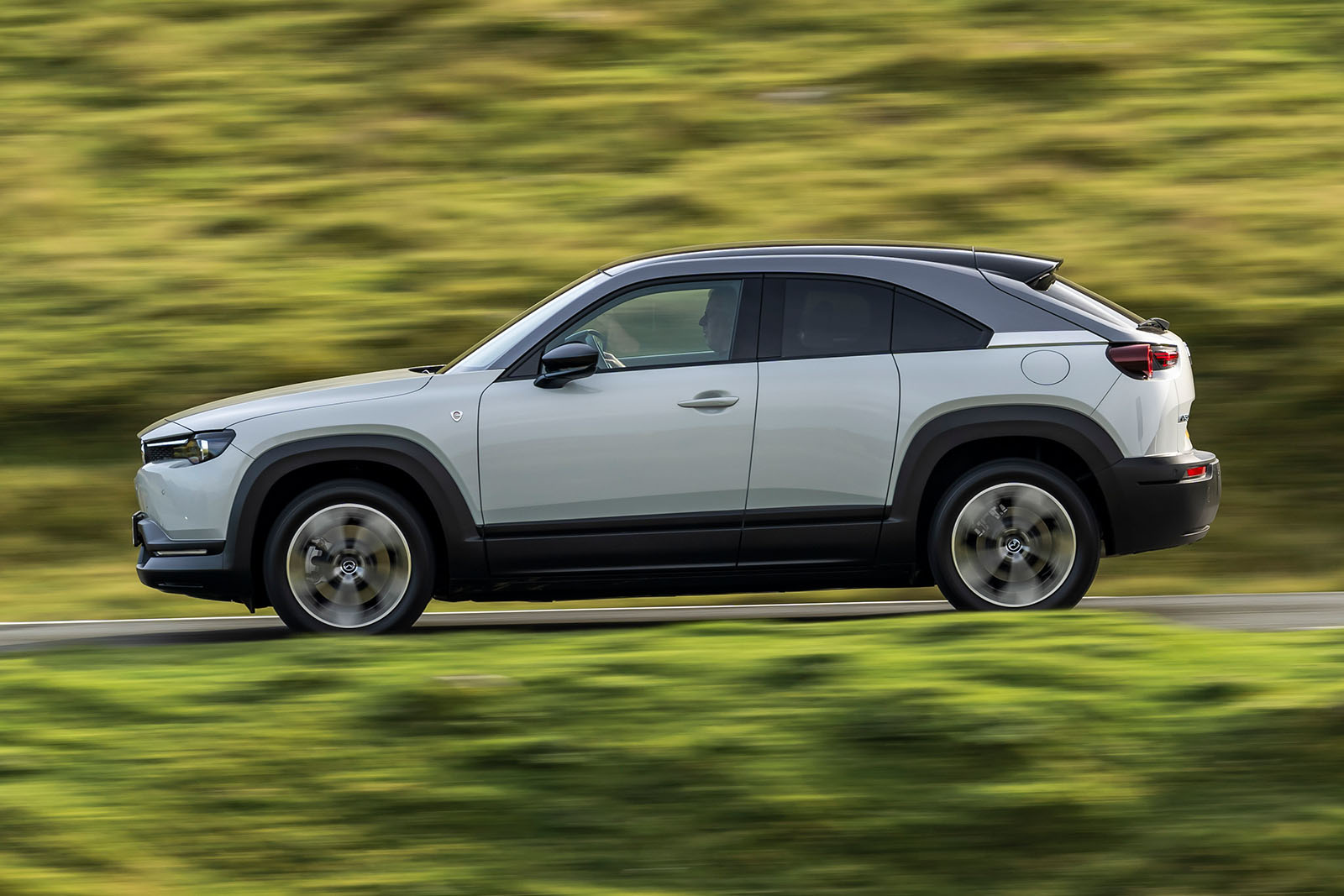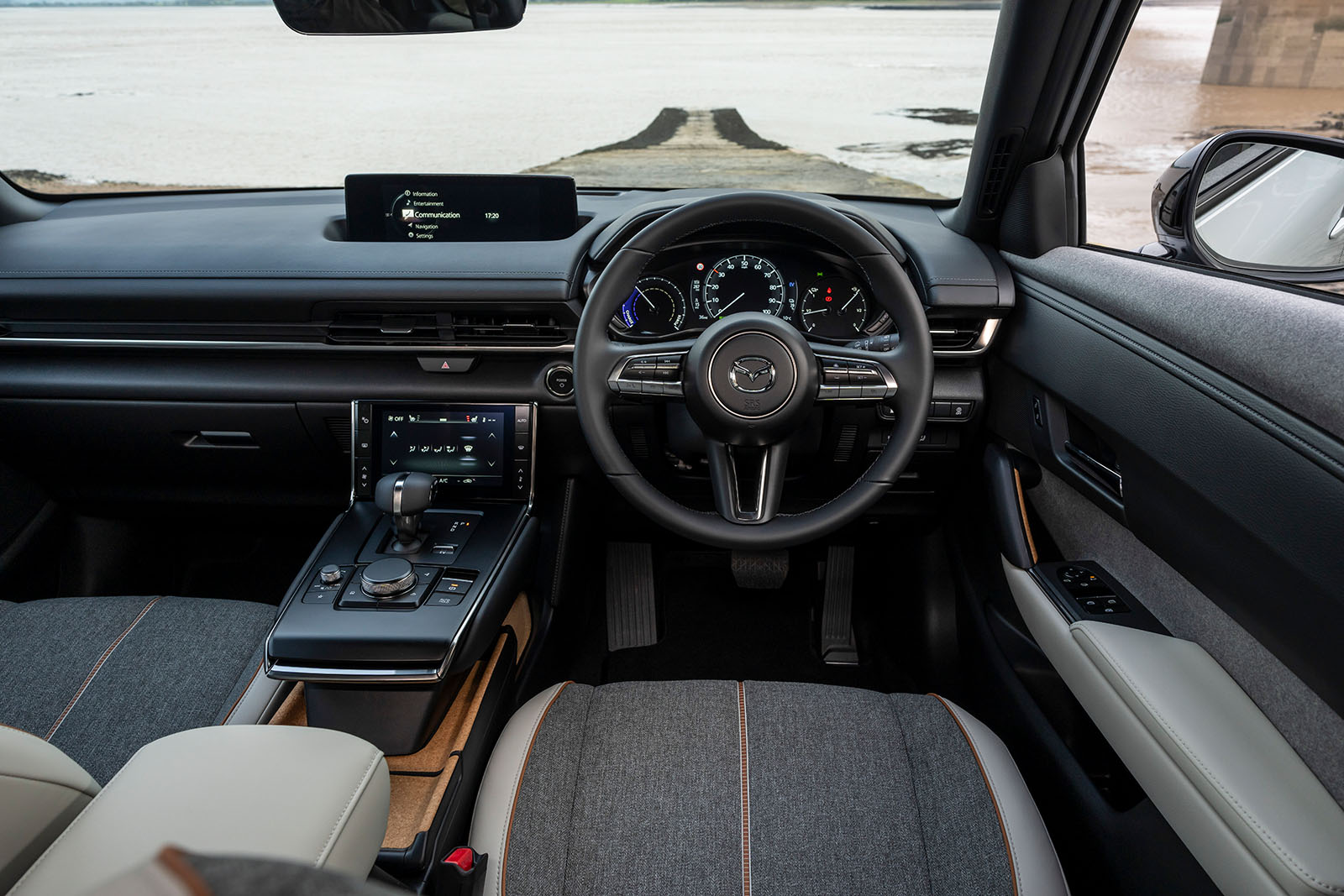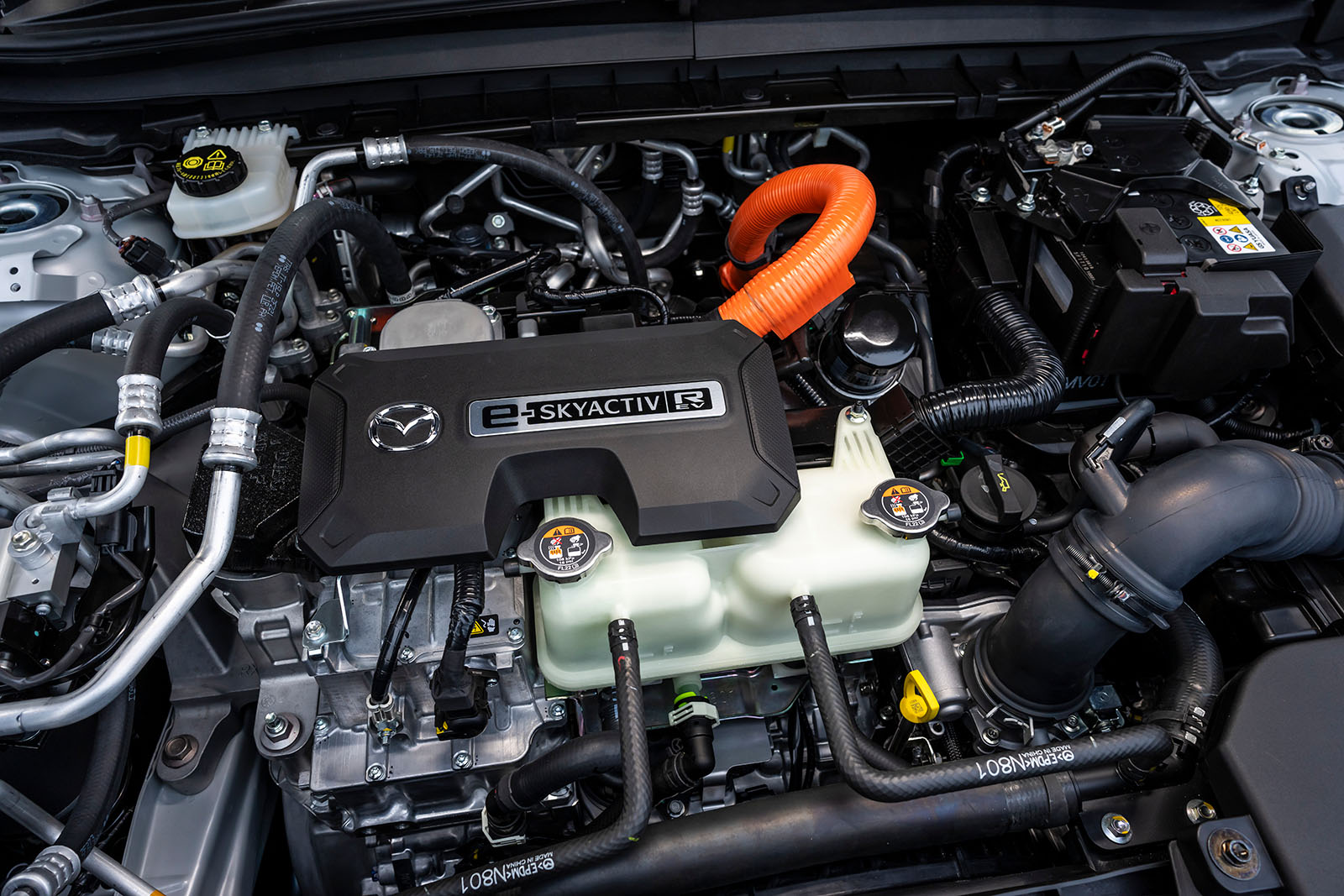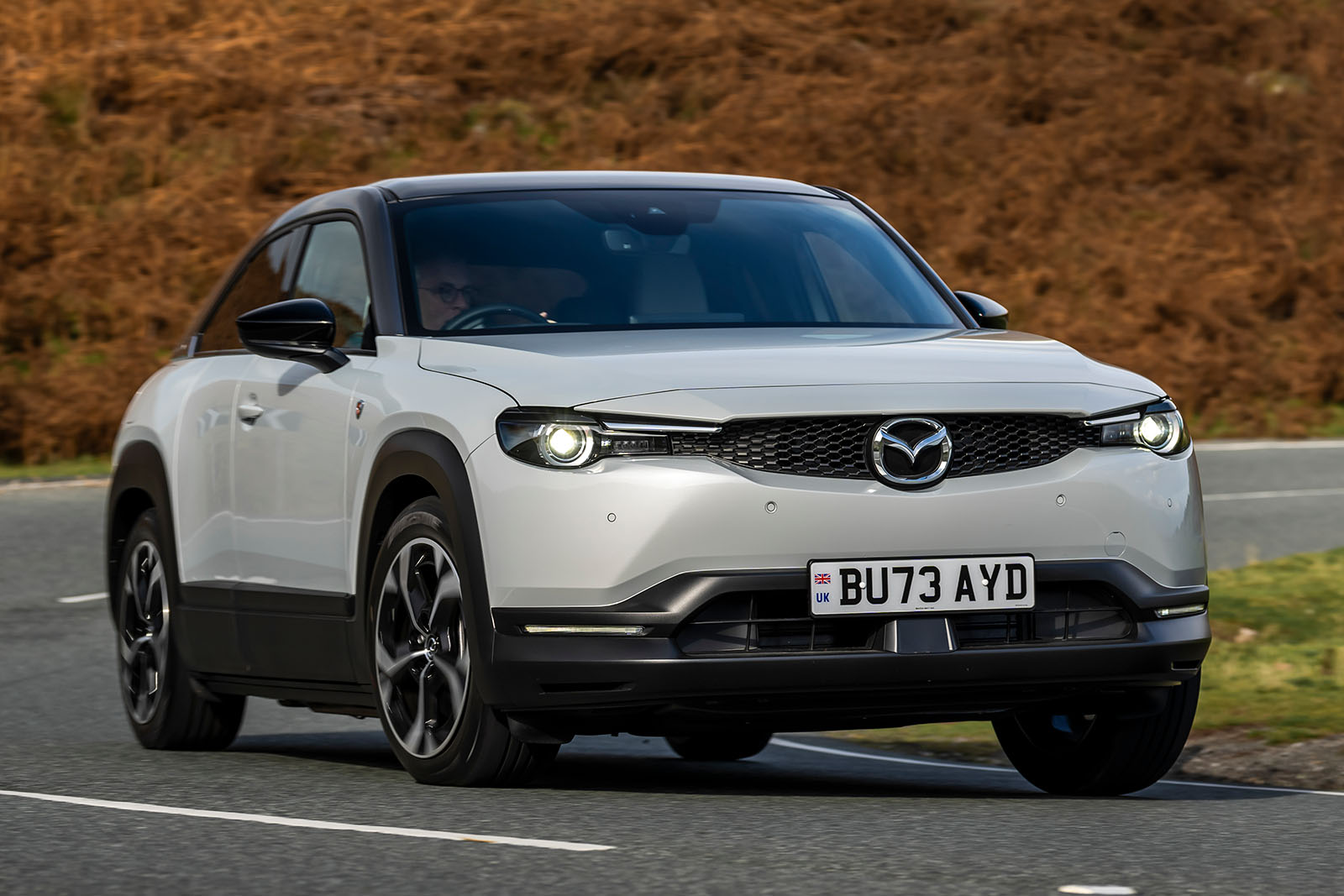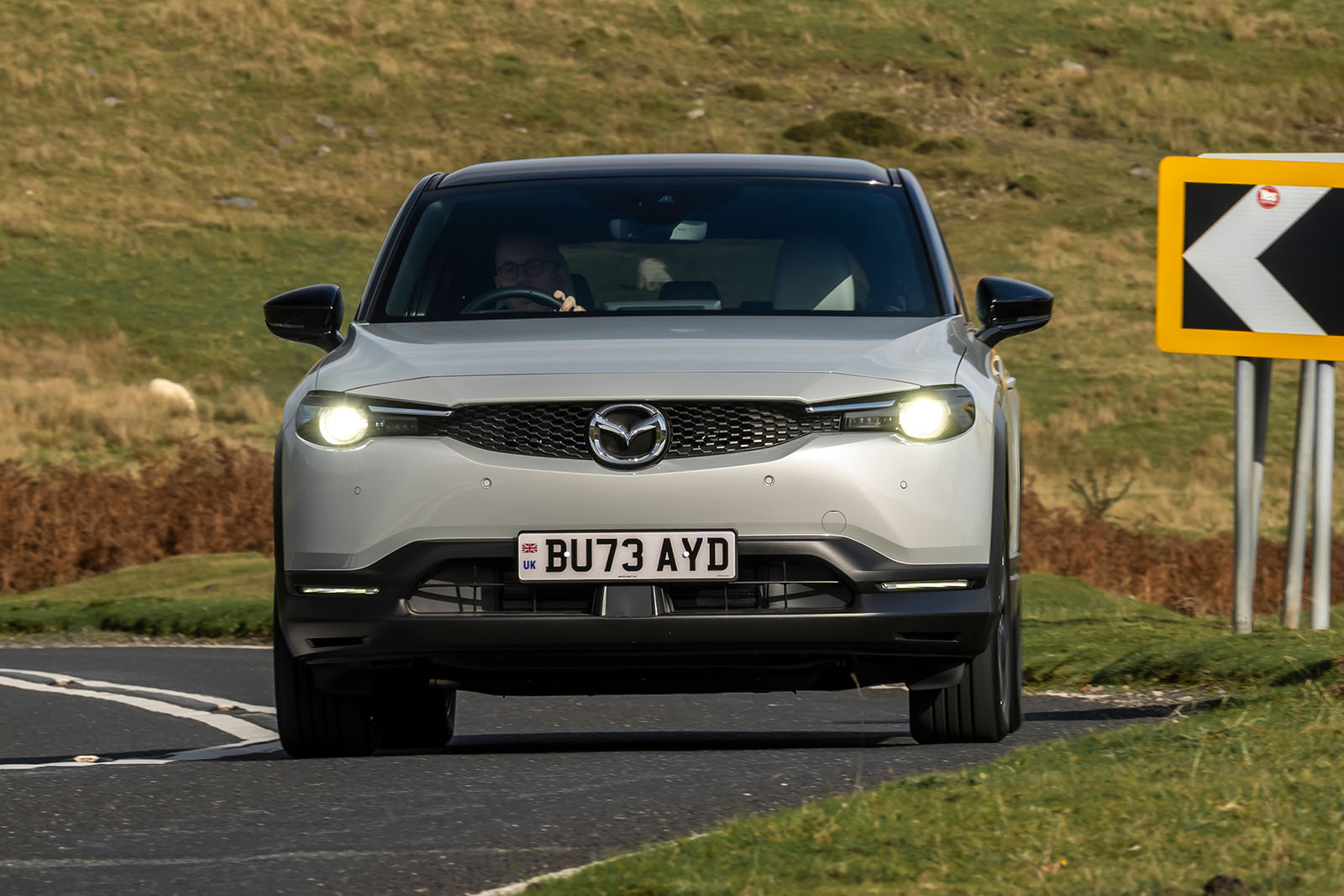The limited 124-mile range of the Mazda MX-30 electric crossover has been addressed in the eccentric kind of way that only Mazda knows how.
The new Mazda MX-30 R-EV has been introduced to sit alongside its fully electric stablemate and is the third iteration in a series of ‘Mazda Experimental’ cars - hence the ‘MX' name.
When we first drove it, we liked the MX-30 EV for its unrivalled uniqueness, but the pithy range and lacklustre pace made it feel suited only to urban environments, making it a compromised machine you could only really choose if you had another car.
However, Mazda promises that it has fixed this issue with the help of an unusual ally. The MX-30 R EV is a range-extended EV with a new 830cc rotary petrol engine under the bonnet. This acts as an electricity generator only; it never drives the wheels directly. The pure EV remains on sale alongside it.
The rotary engine provides power to a 17.8kWh battery, which drives an electric motor, which in turn powers the front wheels for a (claimed) driving range of around 400 miles.
But do you actually want to go 276 miles farther? In other words, does this new-age tech work to pleasing effect in practice?



